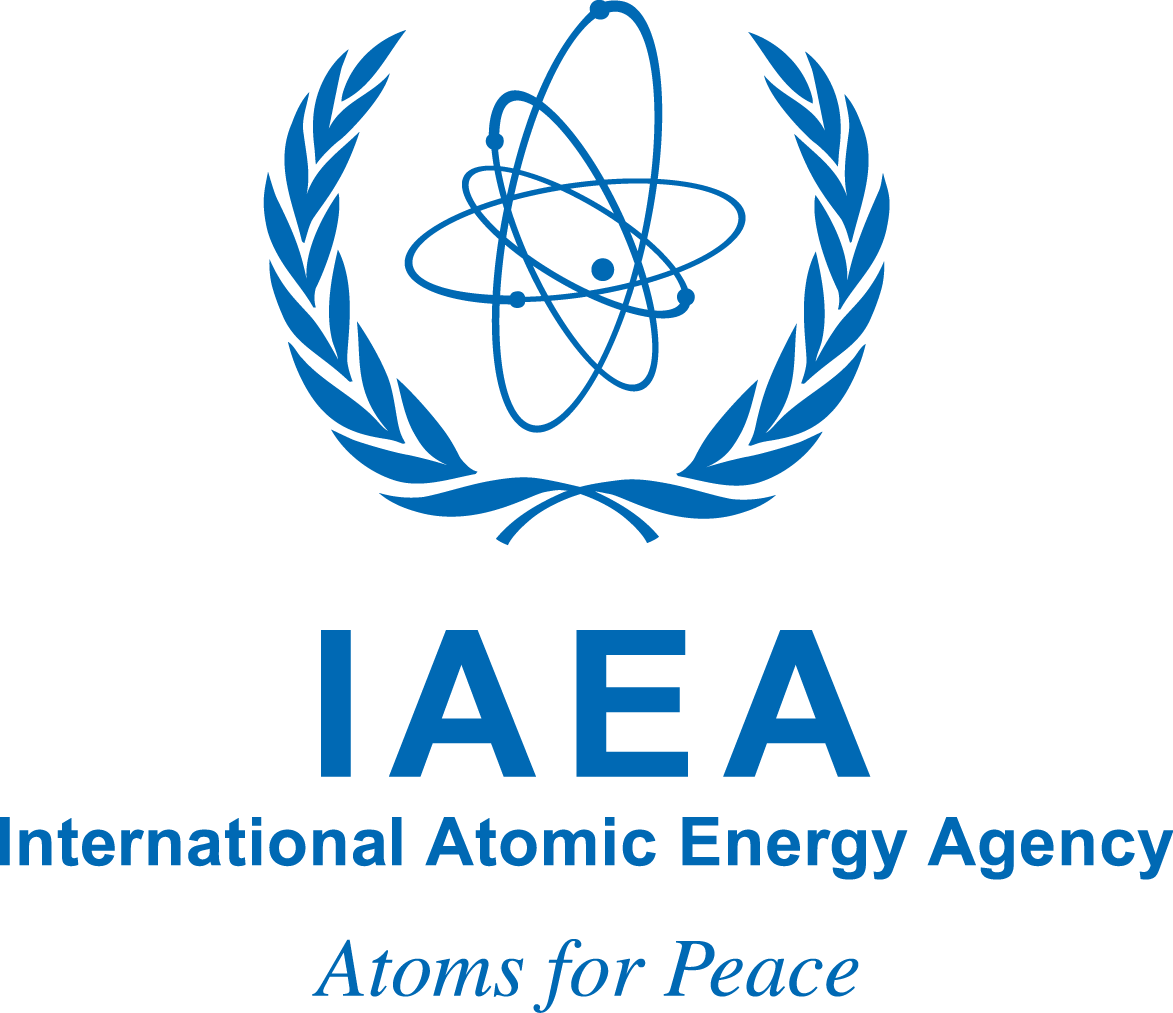Part 2 of 2 Parts (Please read Part 1 first)
Rafael Grossi is director-general of the IAEA. “For this business model to succeed, we need regulatory approaches to adapt to a new circumstance. We cannot afford the luxury of these regulatory marathons lasting five, six, seven years.”
Many nuclear experts point to aviation as an example for the nuclear industry to follow. William Magwood is the CEO of the Nuclear Energy Association (NEA), an intergovernmental agency. “[Airlines] don’t build a different design for each market, making the quality higher and bringing costs down. If every country needs a slightly different design because of different regulatory requirements, this makes getting that efficiency very, very difficult.”
The IAEA talks, which involve regulators from 29 countries as well as developers, have included discussion on issues such as information sharing and how to implement greater collaboration. One possibility is that reactor designs would go through an initial review under a global framework, reducing the time spent in national processes.
However, consensus is elusive. “It’s been a really useful discussion which has pushed the thinking,” said Rolls-Royce’s Perry. “Unfortunately, there are a few strong voices pushing for ‘we’re doing it like the aero industry or we’re not doing it at all’. That’s not going to be quick enough for the energy transition.”
Member countries would still need time to adopt any changes that were agreed to at the IAEA level.
David Durham, president for energy systems at Westinghouse Electric, a US nuclear power company. He said, “People understand the benefits and there are a lot of people with open minds. But I don’t think anyone thinks this is going to be resolved tomorrow.”
Efforts at international reform are underway as the Nuclear Regulatory Commission (NRC) in the U.S. has taken steps to accelerate domestic SMR approvals.
TerraPower is a next-generation nuclear reactor company founded by billionaire philanthropist Bill Gates, that could become a test case. It applied for a construction permit to the regulatory commission this month for the first commercial nuclear plant that uses liquid sodium as a coolant. TerraPower says that this would provide a lower-cost alternative to water-cooled reactors.
Chris Levesque is the TerraPower CEO. “The NRC is seen as a gold standard for safety. So if we want to bring a fairly new reactor design to Asia, Europe, Africa and Indonesia, we have to prove [them] in rich countries first and we will do that with the NRC.”
Some international collaborative efforts are already under way. Last month, the U.K. joined Canadian and U.S. regulators in agreeing to work more closely together to assess SMR designs. European regulators are collaborating on a joint early review of EDF’s Nuward design.
Jane Bowie is the director of regulation at the new nuclear reactors division of the U.K.’s ONR. He said, “We consider the greatest potential for streamlining and accelerating processes to be via much greater collaboration.
European regulators are also observing the ONR’s assessment of Rolls-Royce’s design. This marks an important change in approach and the industry hopes there is more to come.
Ronan Tanguy is the program lead for safety and licensing at the WNA, which is also working on the issue. He said, “I see genuine effort across the board. There’s a recognition nuclear has to be part of the energy mix going forward. However, regulatory harmonization was absolutely essential. Without it [SMRs will] struggle to be competitive outside of very large markets.”
Nuclear Reactors 1377 – Roll-Royce Seeking Faster Licensing For Small Modular Reactors – Part 2 of 2 Parts

